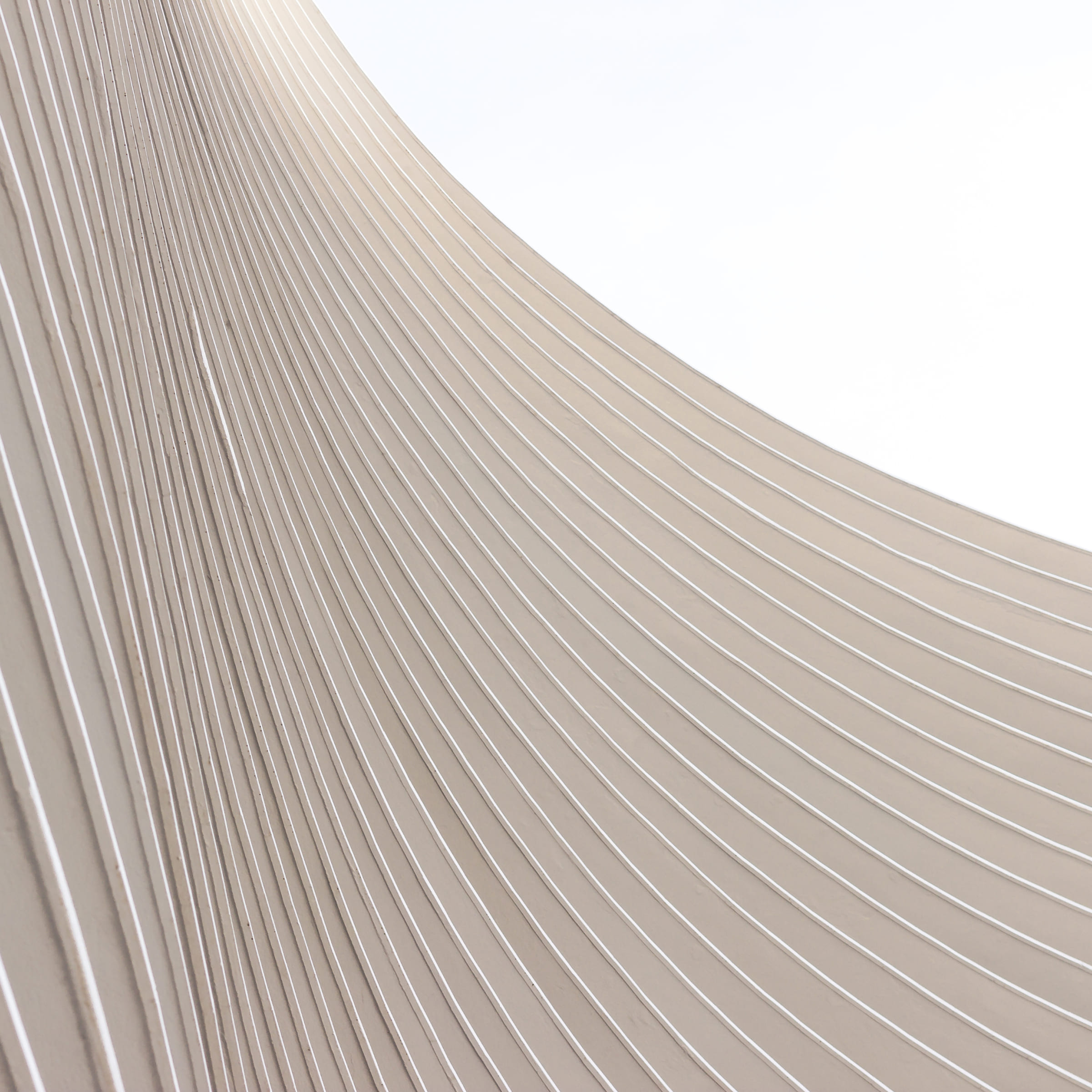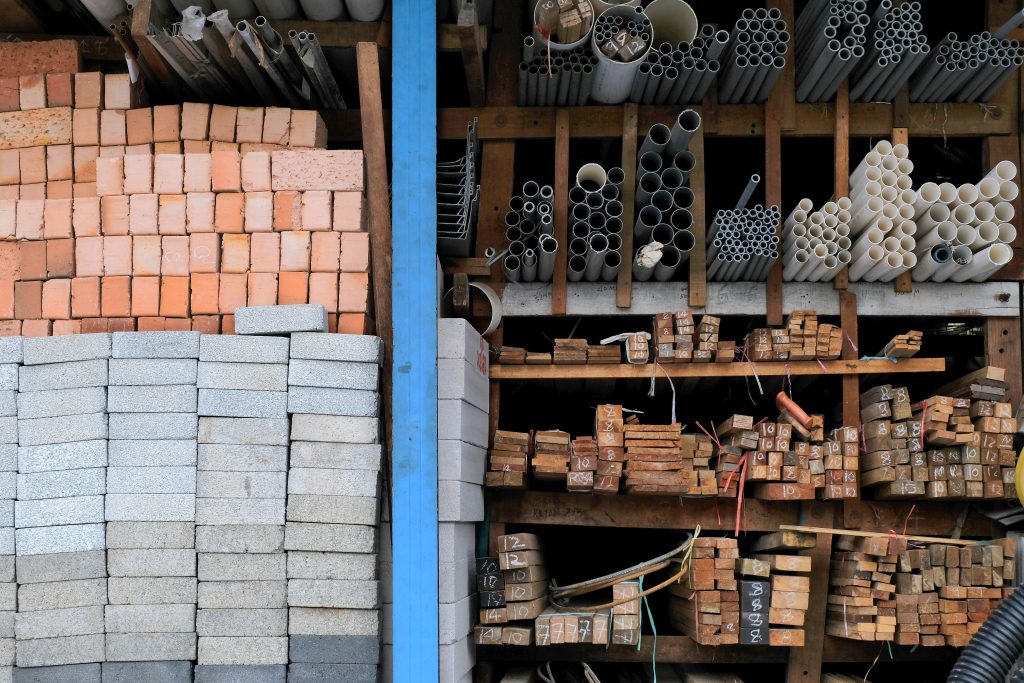Australian builders, ever on the hunt for quality and cost-effective resources, often look to China’s vast manufacturing landscape to source construction plants and materials. With a broad array of competitively priced products, China’s supply potential is certainly appealing. But engaging in cross-border procurement isn’t exactly as simple as popping down to Bunnings. Entering into contracts with foreign suppliers—especially those across oceans—calls for a certain level of finesse and attention to detail. Here’s what savvy Australian builders need to keep an eye on when drafting that all-important supply agreement.
1. Identification of the Supplier: The Name Game
First things first: a Chinese company is legally identified by its Chinese name, not the catchy English translation that may accompany it. Think of the English name as a bit of window dressing—it can be changed as easily as a quick rebrand, and it holds no official standing with Chinese regulatory authorities.
What’s really crucial? The supplier’s Unified Social Credit Code—the Chinese equivalent of an Australian Business Number (ABN). This unique identifier cuts through the potential confusion of names and allows you to identify exactly who you’re dealing with. So, when drafting your supply agreement, be sure to ask for this code and include it. A well-drafted contract knows no ambiguities!
2. Passing of Risk: Mind the Journey
Now, let’s talk about risk. When your materials are embarking on a journey across thousands of kilometres of ocean, through ports, and onto your job site, the question of when risk transfers from supplier to buyer becomes a tad complex. After all, those materials will be handled, loaded, unloaded, and possibly bounced around quite a bit along the way.
You’ll need to spell out precisely who bears the transportation costs and who’s liable if something goes awry mid-transit. Then there’s the matter of insurance, import-export clearances, and any other logistical headaches. Make sure these aspects are covered in your agreement, lest you find yourself knee-deep in paperwork (or worse, waterlogged materials) and bearing unforeseen costs.
3. Incoterms: Decoding the Lingo
Incoterms—those cryptic trade terms beloved by the International Chamber of Commerce and essential for anyone engaging in international trade. These terms outline who’s responsible for what in terms of carriage, risk, and cost, and they’re commonly referenced in suppliers’ quotations.
For instance:
- FOB (Free on Board): The Chinese supplier delivers the goods to a vessel at a designated port in China, and from there, all transportation costs and risks fall on you.
- EXW (Ex Works): Here, the supplier merely makes the goods available at their premises (say, the factory door). Everything from there on out—costs, risks, headaches—is yours.
Australian builders would do well to carefully examine these terms and ensure they’re truly prepared to shoulder the responsibilities assigned by them. If not, consider swapping out the supplier’s Incoterms with provisions that reflect a more builder-friendly arrangement. After all, in contracts as in construction, it pays to measure twice and cut once.
4. Goods and Services Tax (GST): A Friendly Reminder
The GST regime is as familiar to Australian businesses as the kangaroo, but it’s likely uncharted territory for many Chinese suppliers. Most goods imported into Australia attract GST, so clarity here is paramount.
Make sure your agreement specifies whether the quoted prices include GST and who’s responsible for paying it. In some cases, an Australian builder might issue recipient-created tax invoices to save both parties the hassle of calculating GST from scratch. It’s a handy tool for ensuring there are no surprises on the financial front—because nobody likes a tax-related plot twist.
5. Dispute Resolution: Where the Rubber Hits the Legal Road
And now, the part that’s often overlooked until it’s desperately needed: dispute resolution. Unfortunately, Australian court judgments aren’t enforceable in China. As of now, there’s no bilateral treaty or reciprocal arrangement between the two countries to support this.
However, there is a silver lining in the form of arbitration. Since both Australia and China are signatories to the New York Convention (officially, the Convention on the Recognition and Enforcement of Foreign Arbitral Awards), arbitration awards can indeed be enforced in China. So, if you want to keep your options open for potential enforcement, consider an arbitration agreement with a seat in Australia or a neutral jurisdiction like Singapore. This could save you significant trouble should a dispute arise—and who doesn’t love a well-prepared contingency?
Final Thoughts
Procuring from China, as appealing as it may be, is a world apart from sourcing materials domestically. Australian builders need to be aware of the additional layers of complexity and risk, not to mention the subtle art of international contracting. From supplier identification to risk allocation, Incoterms to dispute resolution, these considerations are not mere formalities but essential safeguards.
For tailored advice on crafting an airtight contract with a Chinese supplier or navigating the intricacies of international procurement, reach out to the experts at Paysonberg. They’re here to ensure your cross-border contracting experience remains as seamless as possible—no Mandarin dictionary required.
All information on this site is of a general nature only and is not intended to be relied upon as, nor to be a substitute for, specific legal professional advice. No responsibility for the loss occasioned to any person acting on or refraining from action as a result of any material published can be accepted.




















